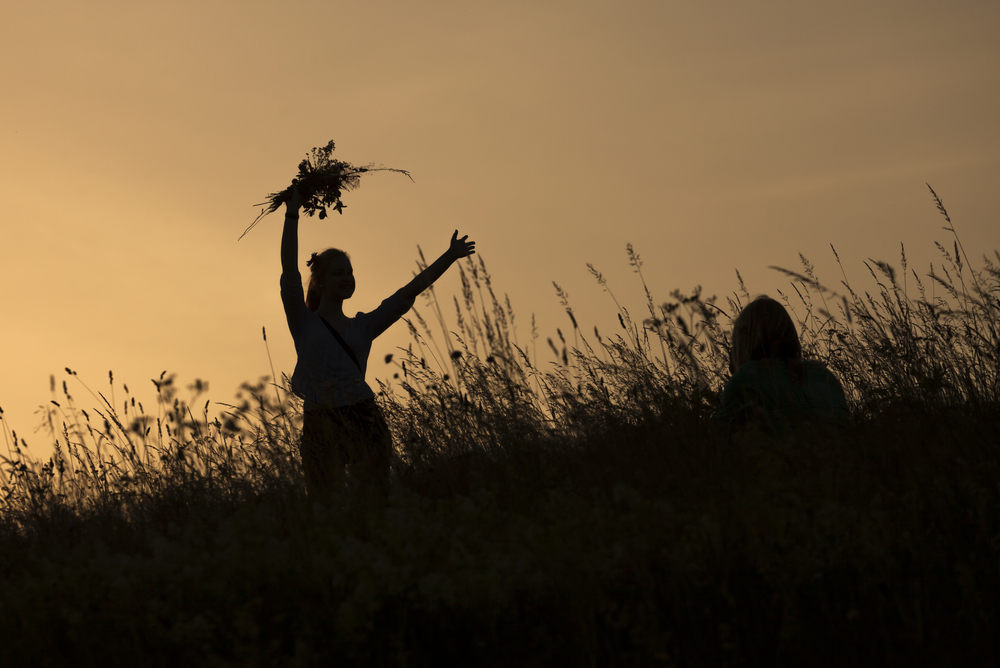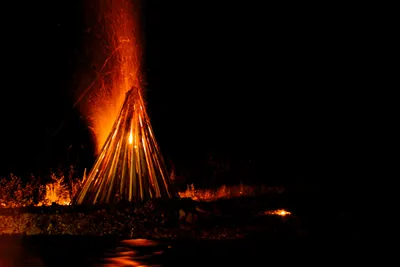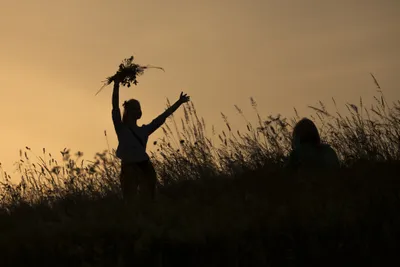Unlike many of the special days we celebrate each year, the summer solstice is literally thousands of years old. Marking the longest day of the year and typically celebrated in late June, it has been given great meaning by a range of civilizations.
This year, take a suggestion from these many different historical groups—from the ancient Greeks to the Romans and Chinese—and start afresh. By looking to the past we can understand how our predecessors have sought to improve themselves and the world around them…
1. Be Active
The ancient Greeks held great influence over the Mediterranean several thousand years ago. Like many of the groups that would come after them, they saw great meaning in the summer solstice. Many festivals were held at this time, the most important being the run-up to the Olympic games.
In fact, the summer solstice marked the one-month count down to the beginning of the athletic games, which included activities like running and wrestling. Take a hint from the Greeks: use the summer solstice as a new beginning for your exercise regime, and make your routine more intense and try new activities that will allow you to build your strength and endurance.
2. Spring Clean
For the Romans, who once ruled a massive expanse of land stretching across several continents, the summer solstice was a time to celebrate Hestia, the goddess of domestic life and the hearth. In other words, it was a celebration of the home and family.
Take a hint from the Romans: use the summer solstice as time to get serious about taking care of important home chores, like cutting the grass or cleaning out the attic. It might also be a good time to start a new renovation project, which could significantly boost the value of your home.
3. Plant a Tree
Few Westerners are aware of the great empires that existed in China several thousand years ago. But there, as now, a unique and rich culture flourished. For the ancient Chinese, the summer solstice was a time to celebrate the earth, as opposed to the winter solstice, which marked a celebration of the heavens.
This summer solstice, celebrate the earth by giving back to it. Plant a tree in your backyard or a local park. Help clean up a public place or work with your neighbors to sweep trash off the streets.
4. Have a Bonfire
Sitting around the bonfire and talking with friends and family—it may just be the quintessential summer activity. And guess what? It’s also what the ancient Vikings of Scandinavia used to do to celebrate the summer solstice.
The key, of course, is to be safe when building your bonfire. Don’t build one if you have overhanging trees or you’re too close to a building. Make sure you’ve got lots of space and keep all children well away from the flames!
5. Go Dancing
With the temperature rising, summer marks a great time to hit the clubs and patios. As the weather warms up, so too do the dance floors.
Historically, the summer solstice has been celebrated with a variety of special dances. The Sioux, a Native American group, celebrated the event with a colorful ceremonial sun dance around a tree. For many groups like the Sioux, the summer solstice meant celebrating new beginnings through song and dance.
6. Plan a Trip
There’s no better time to travel than summer, which gets started with the summer solstice. The longer and warmer days of the summer months allow travelers more time to see the sights and explore historical destinations.
Take, for example, Stonehenge in England. Built by the Druids thousands of years ago, many modern Druids continue to gather at the remarkable landmark to mark the summer solstice (as well as the winter solstice, spring equinox, and autumn equinox).









